Weaning preparations
Weaning is just around the corner for many flocks with an average lambing date of early to mid-March. Flocks with an average lambing date of 10 March will have lambs suckling for 14 weeks on average on 16 June.
Grass has been significantly harder to manage over the last week and growth rates are running well above normal. It is therefore important that steps are taken to ensure there is a supply of good-quality grass available for lambs to limit any potential check in performance. One straightforward route is prioritising access to aftergrass swards. Where aftergrass swards are not available, other steps can be taken.
These include setting aside paddocks which have been grazed down tight to allow fresh regrowth or topping select paddocks where quality has deteriorated. The level of topping required should be minimised by practicing a rotation post-weaning whereby ewes graze down swards after lambs.
There is a temptation with increased growth rates to steer away from regular application of fertiliser. This should be avoided as when growth rates dip back to normal levels these swards will take longer to recover. Also, applying even a small level of fertiliser will help to maintain grass quality and reduce the rate at which grass is heading out while the big advantage in maintaining regular fertiliser applications is removing surplus grass and replenishing fodder reserves. This will also give a double payback in improving the quality of regrowth.
Blowfly strike and mastitis
The humid conditions have increased fly activity. A spike in blowfly strike has been reported while vets also report continued cases of mastitis. There have also been more cases of ewes going on their backs in the last week. The remedy for ewes with a heavy fleece of wool and contracting blowfly strike or going on their back is shearing, but contractors are working through a backlog with ewes enduring a tough spring only coming fit to shear.
Dagging dirty tail-ends will help to provide a reprieve while placing a piece of equipment in a field to allow ewes to scratch has also successfully worked for farmers dealing with fleshed ewes prone to going on their back. Regular flocking is important where this is the case as mortality can quickly occur as ewes are under extra pressure with the high temperatures.
Where participants in the animal welfare sheep scheme have selected the measure of flystrike control, remember that all chemical control options must be recorded in addition to carrying out dag scores.
Worm control in dogs
Worm control is an important consideration in working farm dogs and also in house dogs. Untreated animals pose a risk to animal and human health. The greatest concern is roundworms and tapeworms. Roundworms are more prevalent in pups and young dogs, while tapeworms are more prevalent in older dogs.
Veterinary advice recommends treating pups every few weeks for the first three months of life and monthly from three to six months of age. The advice thereafter is to treat dogs every three to four months. Worm control products for livestock are not licensed or suitable for dogs with a high risk of adverse reactions to ivermectins. Remember to record treatments as part of the Bord Bia sustainable beef, lamb and dairy schemes.




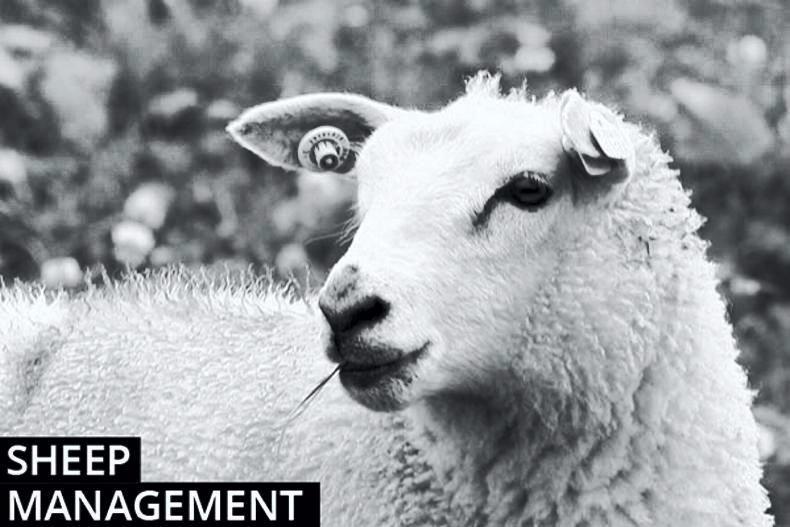
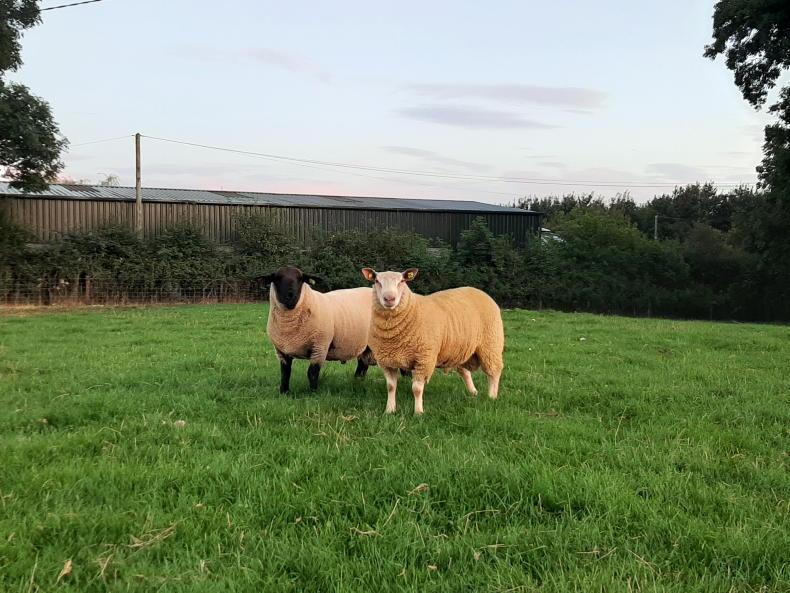

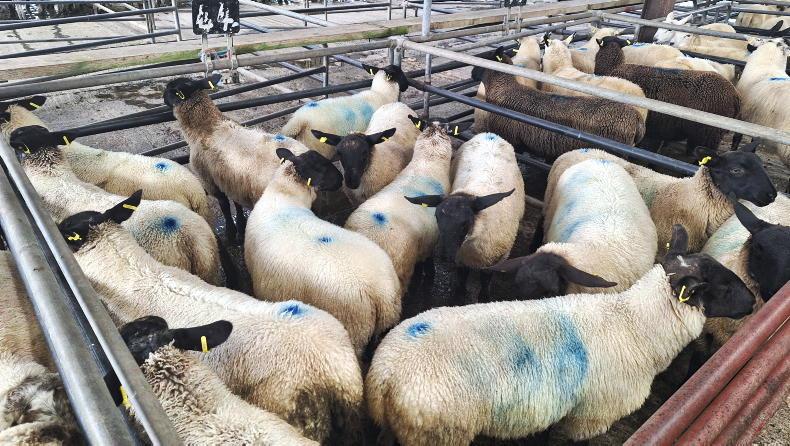
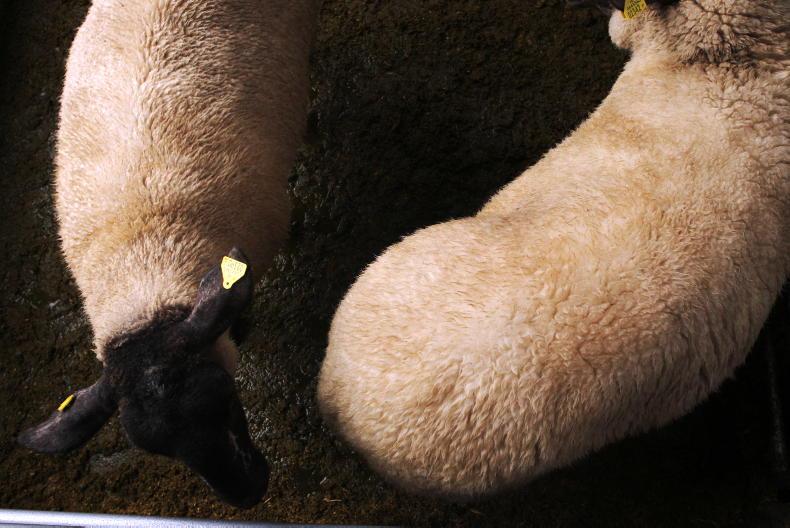
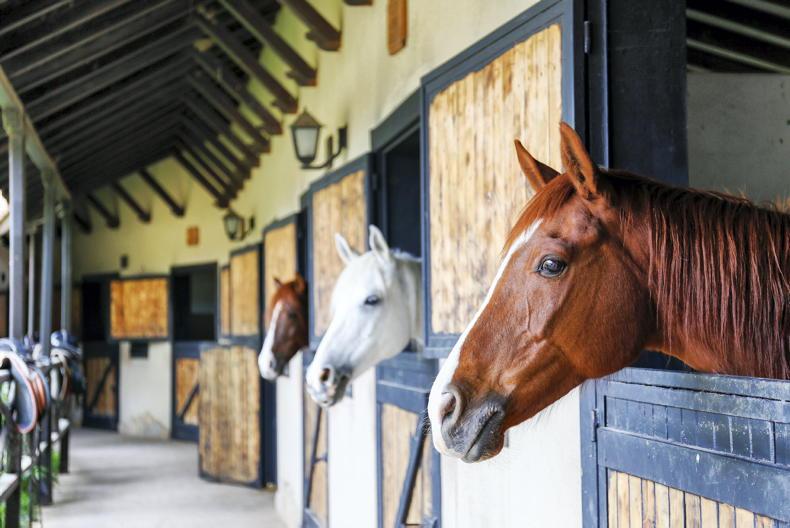
SHARING OPTIONS